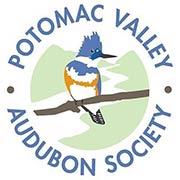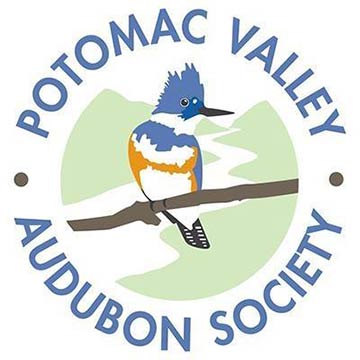Explore Nature at Your School with the Potomac Valley Audubon Society!
PVAS has been partnering with teachers and principals since 2001 to develop and offer a wide variety of programs for local youth that meet the needs of students and teachers alike. We offer a variety of grade-specific programs for classrooms from Pre-K through 6th grade. Our curriculum is designed to meet state-mandated content standards in order to create the best programs possible that support in-class learning.
Our school programs include: 1) One or more classroom visits from one of our naturalist educators and 2) An outdoor learning experience – either a schoolyard investigation or a field trip to one of our 4 beautiful nature preserves. Students experience firsthand the plants, animals, and natural ecosystems that sustain our community. The prior classroom lessons help students build foundational knowledge and curiosity so that students are able to make the most of their outdoor learning experience.

















